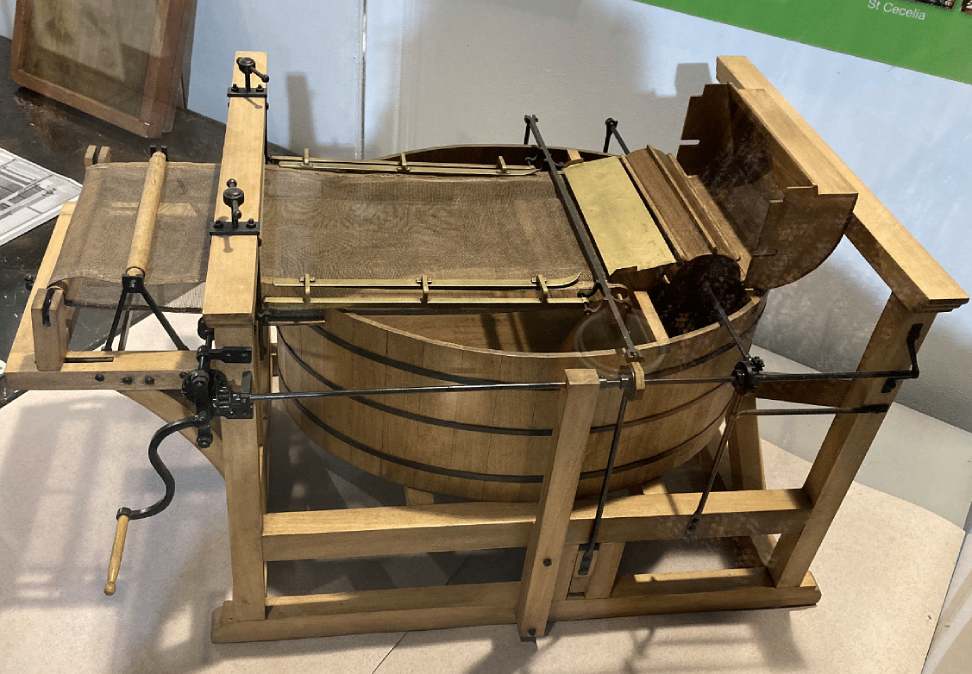Peterexch, Dhoombet, Go999exch: Handmade paper offers a unique and distinctive texture that adds a touch of elegance to any project. Its rough surface and uneven edges create a visually appealing aesthetic that cannot be replicated by mass-produced paper. Additionally, handmade paper is more environmentally friendly as it is often made from recycled materials, contributing to sustainability efforts in the paper industry.
Furthermore, handmade paper is highly versatile and can be used for a wide range of artistic creations such as scrapbooking, card making, and journaling. Its durability and strength make it an excellent choice for creating personalized stationery and invitations that will leave a lasting impression. Overall, the benefits of using handmade paper go beyond its visual appeal, making it a preferred choice for those seeking a more environmentally conscious and unique paper option.
History of Papermaking
The origins of papermaking trace back to ancient China around 105 AD. Cai Lun, a court official during the Han Dynasty, is credited with inventing the papermaking process using mulberry bark, hemp waste, and scraps of linen. The simplicity and efficiency of this technique revolutionized the way information was recorded and transmitted.
The knowledge of papermaking spread to other parts of the world through the Silk Road, reaching the Islamic world by the 8th century. In Baghdad, a paper mill was established, leading to the mass production of paper for literature, science, and art. The introduction of paper into Europe during the 12th century marked a significant shift from vellum and parchment, allowing for the widespread dissemination of knowledge and advancements in various fields.
Types of Papermaking Techniques
Fun999exch, Goldbet7, Exch247: Two commonly used papermaking techniques are hand papermaking and machine papermaking. Hand papermaking involves the crafting of paper sheets individually, often using traditional methods and tools. This process requires skill and attention to detail to ensure the formation of high-quality paper.
In contrast, machine papermaking utilizes automated processes and machinery to produce large amounts of paper rapidly and efficiently. This method is commonly used in industrial settings to meet the high demand for paper products. Innovation in machine papermaking has led to the development of various paper types and grades, catering to diverse needs and preferences in the market.
� Hand papermaking involves crafting paper sheets individually with traditional methods and tools
� Requires skill and attention to detail for high-quality paper formation
� Machine papermaking uses automated processes and machinery for rapid production of large amounts of paper
� Commonly used in industrial settings to meet high demand for paper products
� Innovation in machine papermaking has led to development of various paper types and grades
What are the benefits of handmade paper?
Handmade paper is known for its unique texture and appearance, making it a popular choice for artists and crafters. It is also environmentally friendly as it is often made from recycled materials. Additionally, handmade paper can be customized to suit specific needs and preferences.
What is the history of papermaking?
Papermaking has a long history that dates back to ancient China, where it was first invented. The technique then spread to other parts of the world, evolving and improving over time. Today, papermaking is a widely practiced craft with various techniques and methods used to produce different types of paper.
What are the different types of papermaking techniques?
There are several types of papermaking techniques, including hand papermaking, machine papermaking, and specialty papermaking techniques such as watermarking and embossing. Each technique has its own set of advantages and is used for different purposes.

